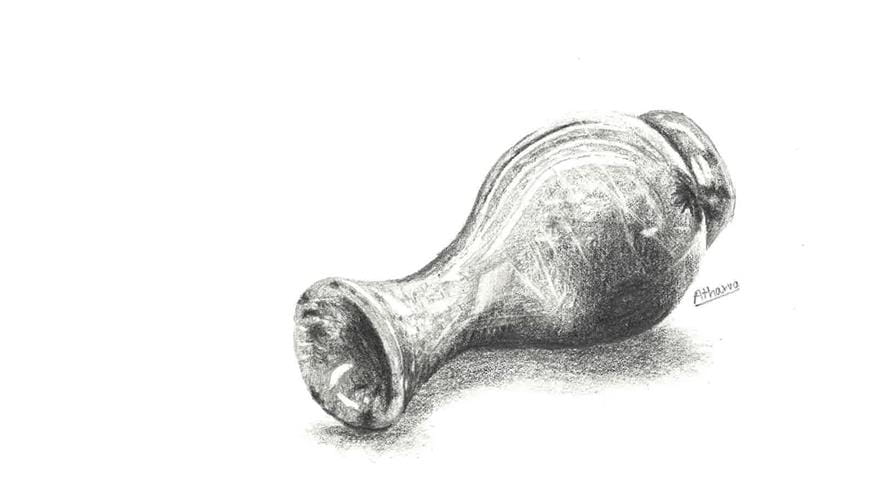The Drexel Collection Hosts Two Photography Exhibits Examining the Consequences of Hazardous Work

- Student Sketches Bring Drexel’s Historic Objects to Life
- Drexel-Penn A Cappella Sing-Off Brings a New Battle of 33rd Street
- How and When Could AI Be Used in Emergency Medicine?
- Drexel Public Health Researchers Lead $3.7 Million Study Looking at Impact of Federal Housing Assistance on Health Care for Chronic Conditions

Emergency responders on Ground Zero after 9/11. Coal miners heading down to what could be their last day in a dangerous mine. Asbestos workers handling hazardous material. Every day, regular people put themselves through dangerous and unhealthy conditions to earn a steady paycheck — and award-winning photojournalist Earl Dotter has been documenting their lives for over 50 years.
The resulting oeuvre will be shown in two simultaneous photography exhibits in The Drexel Collection at Drexel University, running from June 29 to Sept. 1. An opening reception will be held June 29 from 5–7 p.m. in the Rincliff Gallery.
LIFE'S WORK: A Fifty Year Photographic Chronicle of Working in the U.S.A. demonstrates the breadth of his work in occupational photography by featuring photographs of those with perilous work conditions in poultry processing plants, coal mines, hospitals and fishing boats, for example.
The second exhibit, BADGES: A Memorial Tribute to Asbestos Workers, focuses exclusively on U.S. workers exposed to asbestos in mining, manufacturing and product installation by companies fully aware of the exposure risk.
Through his decades of photographing workers, Dotter shows how important the documentation is for the improvement of working conditions across the United States. The exhibitions were brought to the University by the generosity of Arthur L. Frank, MD, PhD, professor and chair emeritus of the Department of Environmental and Occupational Health in the Dornsife School of Public Health.
In 2009, Frank sponsored an exhibit in The Drexel Collection titled Monotypes by Matt Phillips: An exhibition from the collection of Arthur L. and Joanne B. Frank. The Drexel Collection also partnered with the Dornsife School of Public Health in 2015 by hosting a photography exhibit, Awareness: Larry Clark's Tulsa Series, depicting the drug use of the photographer and his friends. A lecture on the opioid epidemic was held during the show’s run.
“I really enjoy working with the Dornsife School of Public Health and discovering how much of our artwork — particularly photographs — document, treat and expose the concerns faced by our public health workers,” said Lynn Clouser, director of The Drexel Collection. “The art can open up the discussion and bring those not particularly affected by these issues or unaware of them into the conversation.”
To supplement the images, The Drexel Collection will host two lunchtime lectures to give context to the working conditions and images.
Frank will host a lecture at noon on July 11 titled “Understanding the Workplace Through Photography.”
“It is often said a picture is worth a thousand words,” Frank said. “The work of Earl Dotter graphically illustrates the hazards of work, and as an occupational physician these photographs help me and others understand those hazards.”
Dotter will hold a lecture at noon on Aug. 8 titled “Life’s Work.” He will discuss the current exhibition and his work as an occupational and environmental photographer, as well as his earliest artistic influences at the School of Visual Arts in New York from 1967-68, and how it led him to focus his camera upon the lives of working Americans. The lecture will provide the audience with an illustrated view of the trajectory of his photography career.
The exhibitions will be on view in the Rincliff Gallery from June 29 to Sept. 1, with an opening reception on June 29.
The Rincliff Gallery is open from 8 a.m. to 7 p.m. Monday through Friday. The Gallery is free and open to the public.
For more information, contact Lynn Clouser, assistant director of The Drexel Collection, at 215.895.2414 or lcc48@drexel.edu.
In This Article
Drexel News is produced by
University Marketing and Communications.
